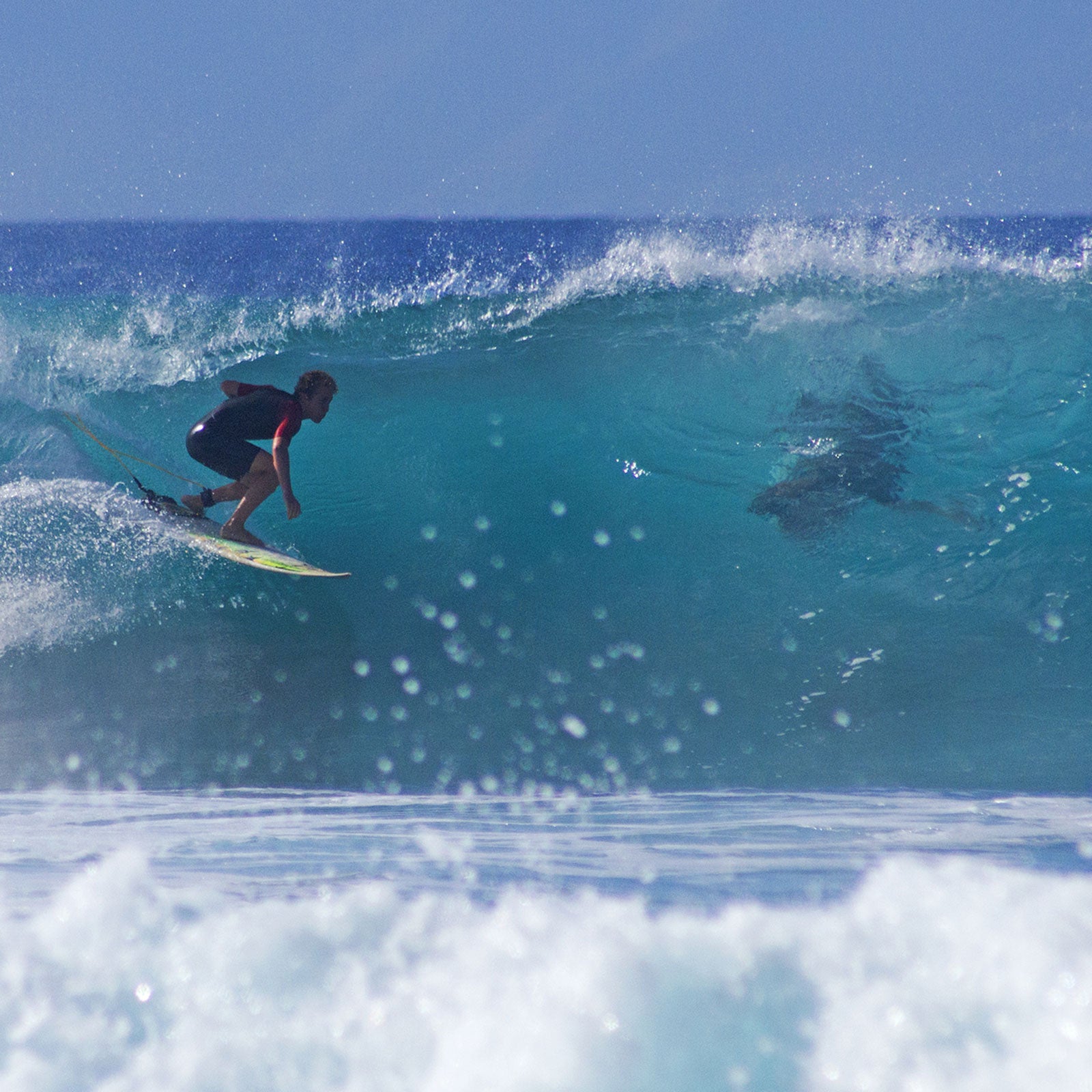Last week, a video of people hydrofoiling off Capistrano Beach in Dana Point, California, made the internet rounds.
Even when the hydrofoilers zoom directly over the animals, the sharks don’t seem to care. Since drones became a ubiquitous sight off beaches and piers, amatuer filmmakers have been capturing videos like these and sending them to the media, who, in the words of Chris Lowe, professor of marine biology and director of the Shark Lab at California State University at Long Beach, “.” People tend to get a bit freaked out when they realize how close we can unwittingly come to some of nature’s most refined predators.
The Shark Lab has started to use drone footage to study why sharks, often baby or pregnant ones, tend to hang out in shallow waters as well as how they behave when they encounter humans.
“We have a lot of footage and anecdotal evidence of sharks swimming around where humans play, and as long as people aren’t harassing them, the sharks just don’t care,” says Lowe.
And often “the surfers don’t even notice,” he says. For example, pro surfer Kelly Slater didn’t seem to be aware of a shark that his GoPro footage in 2014.
Lowe hopes to have data on sharks’ attitudes toward close-proximity humans in a couple of years. For now, “when there are a lot of people and sharks in shallow water together, most of the time nothing happens,” he says. However, swimming in groups and avoiding the water at dawn and dusk can reduce your risk of encountering sharks, friendly or not.
In withdrawal after the end of ? Here’s even more drone footage:


